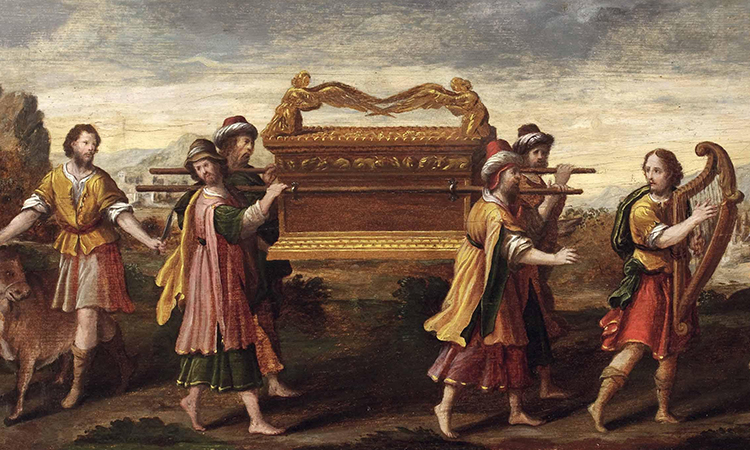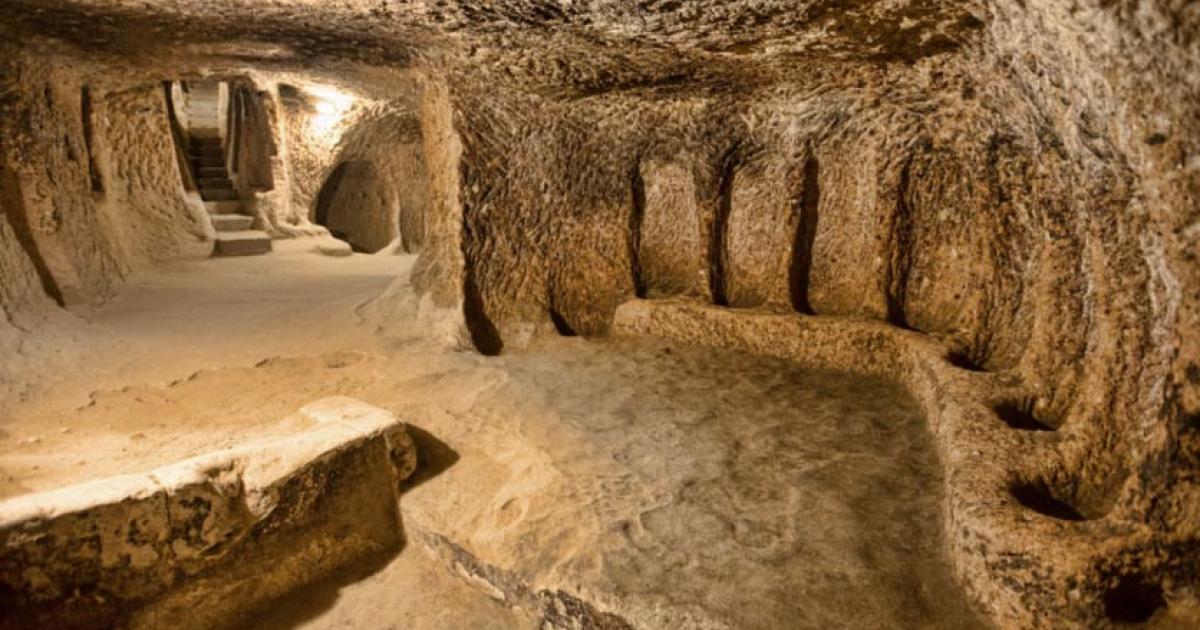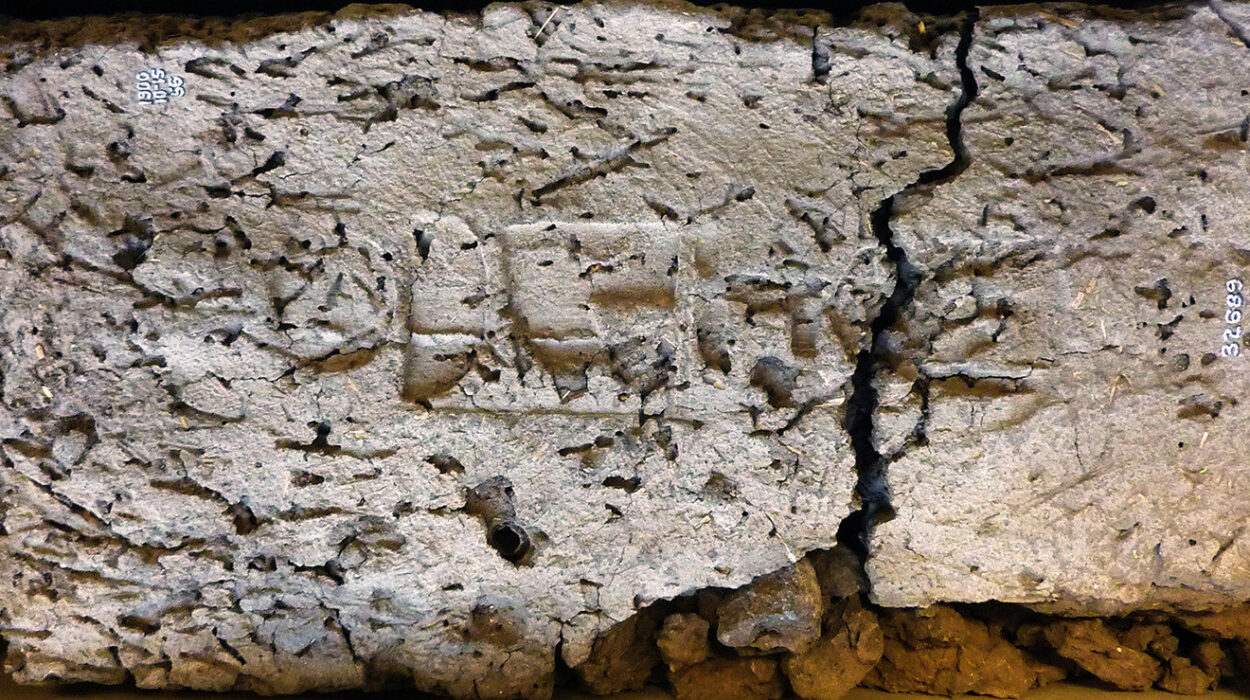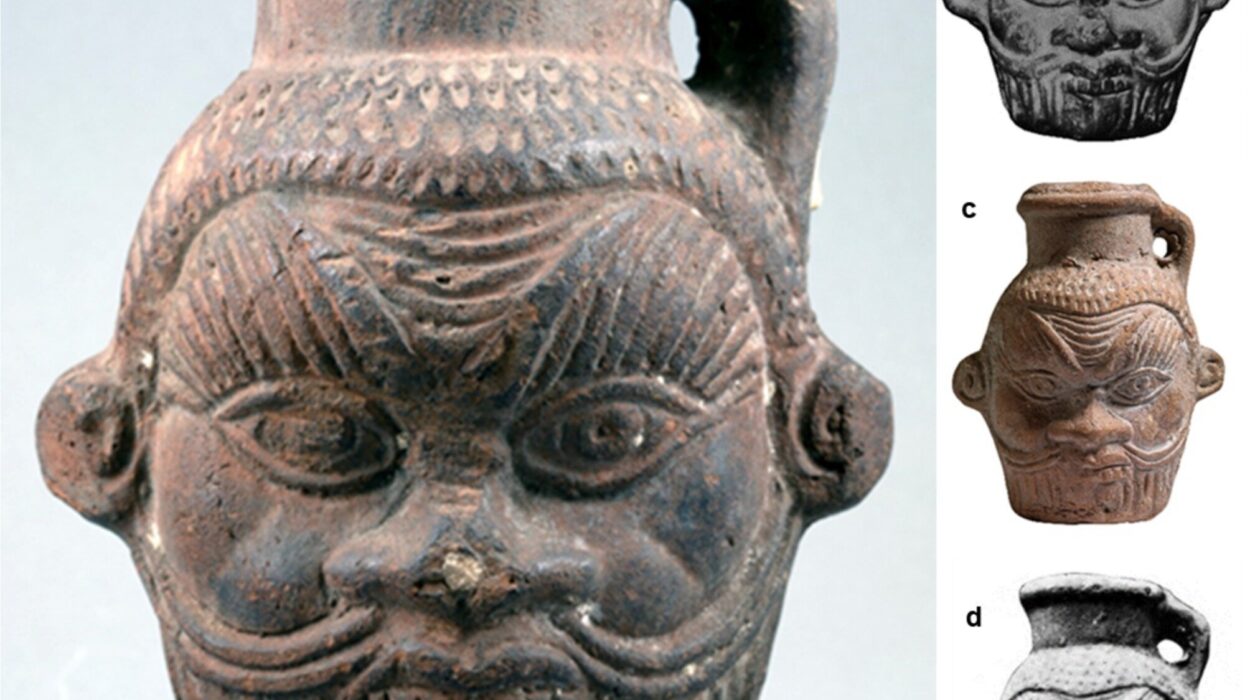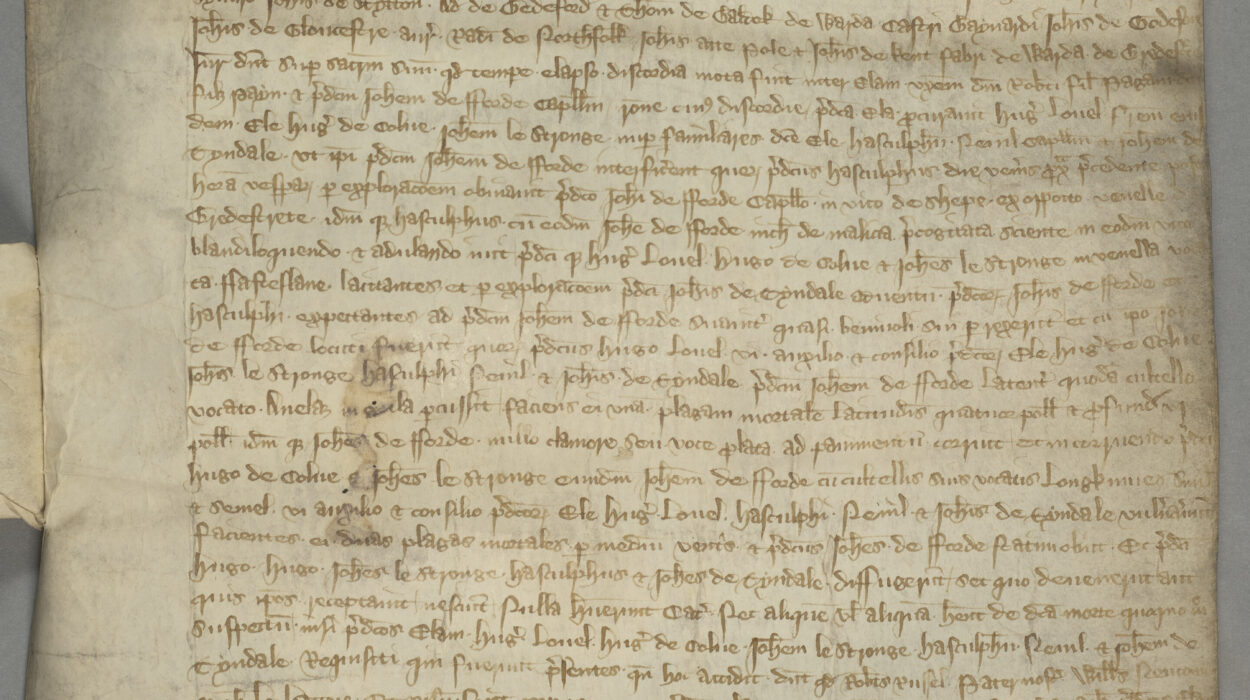Few objects in human history have inspired as much fascination, awe, and speculation as the Ark of the Covenant. Described in the Hebrew Bible as a sacred chest built at the command of God, the Ark once stood at the very heart of Israelite religion. It was said to house the stone tablets of the Ten Commandments, the staff of Aaron, and a pot of manna—the most tangible symbols of the covenant between God and His people.
But beyond its spiritual significance, the Ark has always carried a sense of mystery. Unlike other sacred relics, which were venerated openly and preserved in temples, the Ark’s story takes a different turn. At some point in antiquity, it vanished. Its disappearance transformed it from a symbol of divine presence into one of the greatest archaeological enigmas of all time. Where did the Ark go? Was it destroyed, hidden, or carried far from the land of Israel? For centuries, scholars, explorers, and faithful believers have searched for answers.
To explore the Ark’s possible last resting place is not only to trace a lost artifact but also to enter the deep currents of biblical history, archaeology, and legend.
The Ark as Described in Scripture
The earliest accounts of the Ark come from the Book of Exodus. According to biblical tradition, after the Israelites were freed from slavery in Egypt, they wandered in the wilderness under the leadership of Moses. At Mount Sinai, God commanded Moses to construct the Ark according to precise instructions: a wooden chest overlaid with pure gold, with two cherubim on top facing each other, their wings outstretched to form a throne for the divine presence.
The Ark was more than a container—it was considered the earthly dwelling place of God. Whenever the Israelites camped, the Ark rested in the innermost sanctum of the Tabernacle, a portable sanctuary. When they marched, priests carried the Ark at the front, and its presence was believed to guarantee victory in battle. The Ark was sacred, powerful, and dangerous. Those who touched it unlawfully, like Uzzah in the Book of Samuel, were struck down.
Over time, the Ark’s journey became interwoven with the history of the Israelites themselves. It was carried across the Jordan River into Canaan, brought into battle against the Philistines, and finally installed in Jerusalem by King David. His son Solomon later placed it in the Holy of Holies within the Temple—a chamber so sacred that only the high priest could enter, and only once a year on Yom Kippur.
At this point, the Ark stands as the spiritual center of the Jewish nation. And yet, after centuries of reverence, it suddenly disappears from the historical record.
The Disappearance of the Ark
The Hebrew Bible never provides a clear account of what happened to the Ark. By the time of the Babylonian conquest of Jerusalem in 586 BCE, when the Temple was destroyed and treasures were carried away, the Ark is conspicuously absent from the lists of plunder. Later texts, including accounts by Jewish historian Josephus, also fail to mention it in the Second Temple, built after the return from exile.
This silence has fueled centuries of speculation. Did the Ark perish in the flames of the First Temple’s destruction? Was it captured and melted down for gold by the Babylonians? Or was it hidden away by priests before the invaders arrived, concealed so deeply that it has never been rediscovered?
The uncertainty surrounding its fate has made the Ark not only an object of religious devotion but also the subject of one of history’s most enduring mysteries.
Theories of Its Final Resting Place
Over the centuries, scholars and explorers have proposed numerous theories about where the Ark might lie. Each possibility reflects a mixture of archaeology, tradition, and myth.
Hidden Beneath the Temple Mount
One of the most enduring theories is that the Ark remains hidden beneath the Temple Mount in Jerusalem. According to Jewish tradition, before the Babylonian conquest, priests may have hidden the Ark in a secret chamber beneath Solomon’s Temple. Some rabbinical sources, including the Talmud, hint at subterranean passageways where sacred objects were concealed.
Archaeological exploration of the Temple Mount is extremely restricted due to religious and political sensitivities, which means this theory can neither be confirmed nor denied. For many, the possibility that the Ark lies just meters beneath one of the holiest sites on Earth adds to its mystique.
Carried to Babylon
Another possibility is that the Ark was captured by the Babylonians and taken to their capital. However, historical records of Babylonian conquests list many treasures but make no mention of the Ark. Some scholars argue that the absence of its name suggests that by 586 BCE, the Ark was already missing, hidden, or destroyed.
The Ethiopian Claim
One of the most famous and controversial traditions places the Ark in Ethiopia. The Ethiopian Orthodox Church claims that the Ark was brought to Aksum, an ancient city in northern Ethiopia, by Menelik I, the legendary son of King Solomon and the Queen of Sheba. According to this tradition, Menelik traveled to Jerusalem and secretly took the Ark with him, returning it to Ethiopia, where it has been safeguarded ever since.
Today, the Church of Our Lady Mary of Zion in Aksum houses what is said to be the Ark of the Covenant. Only one guardian monk is allowed to view it, and he is forbidden to leave the chapel for life. Outsiders are not permitted to see the relic, and no scientific study has ever been conducted. Skeptics argue that the Ethiopian Ark may be a symbolic replica rather than the original artifact. Still, for the Ethiopian faithful, the claim is unquestionable truth.
Hidden at Elephantine Island
Some theories suggest that Jewish communities in Egypt, such as the one on Elephantine Island in the Nile, may have safeguarded the Ark after it was removed from Jerusalem. Archaeological discoveries confirm the presence of a Jewish temple there in the 6th century BCE, raising the possibility that sacred objects from Jerusalem were relocated to Egypt.
The Mount Nebo Tradition
Another ancient tradition, found in the apocryphal Book of Maccabees, claims that the prophet Jeremiah hid the Ark in a cave near Mount Nebo, in present-day Jordan, before the Babylonian conquest. According to the account, the location was concealed so that it would remain hidden until God’s people were ready to receive it again at the end of days.
Though this tradition lacks archaeological evidence, it reflects a powerful idea: that the Ark’s concealment was not an accident of history but part of a divine plan.
Archaeological and Historical Challenges
The search for the Ark is complicated by the blending of history, myth, and theology. Archaeologists emphasize that while the Ark is central to biblical tradition, there is little physical evidence of its existence. Unlike artifacts that can be directly linked to archaeological strata, the Ark’s descriptions remain within the realm of sacred texts.
Moreover, even if the Ark once existed, centuries of wars, conquests, and natural decay make its survival uncertain. Gold may endure, but wood and other organic materials do not last millennia without preservation. This raises the possibility that the Ark, if real, may long ago have been dismantled, repurposed, or lost to time.
And yet, the power of the Ark lies not only in whether it physically exists but also in the role it plays in cultural memory. Its story has inspired explorers, theologians, and artists for centuries, from medieval pilgrims to modern filmmakers.
Symbolism Beyond History
While the Ark’s resting place may never be discovered, its significance transcends archaeology. For Jewish tradition, the Ark symbolizes the covenant between God and Israel, a reminder of divine law and guidance. For Christians, it prefigures sacred themes of presence and salvation. In Ethiopian Orthodox Christianity, it is the central relic of faith, enshrined as a living symbol of God’s presence on Earth.
The Ark also reflects universal human themes: the search for the sacred, the longing for divine connection, and the mystery of lost treasures that promise to reveal more about our origins and destiny.
The Ark in Popular Imagination
The mystery of the Ark has not only shaped theology but also captured popular imagination. From the Middle Ages to the modern era, stories of its whereabouts have inspired countless legends. In recent decades, books, documentaries, and even blockbuster films have kept the Ark alive in cultural consciousness.
Perhaps the most famous modern portrayal is in the film Indiana Jones and the Raiders of the Lost Ark, which dramatized the Ark’s supposed supernatural powers. While fictional, such portrayals reflect enduring fascination with the idea of a lost relic that bridges heaven and earth.
The Timeless Allure of the Ark
Why does the Ark continue to fascinate, even when its physical reality remains elusive? Perhaps it is because the Ark represents more than an artifact. It embodies the human desire to connect with the divine, to uncover hidden truths, and to bridge the gap between myth and history.
Whether resting beneath the Temple Mount, hidden in a cave, guarded in Ethiopia, or lost to time, the Ark continues to inspire reverence and imagination. Its very absence makes it more powerful, transforming it from an object into a mystery that compels us to seek, to wonder, and to believe.
Conclusion: The Resting Place Unknown
The Ark of the Covenant’s last resting place remains one of history’s greatest unsolved riddles. From Jerusalem’s sacred mount to Ethiopia’s ancient churches, from desert caves to distant isles, the theories are as vast as they are compelling. Yet perhaps the Ark’s true resting place is not meant to be uncovered.
Its enduring legacy lies not in gold-plated wood but in the covenant it represents—a relationship between humanity and the divine. The Ark’s disappearance may not be a loss but a transformation, turning it into a symbol that transcends geography and archaeology.
And so, the Ark rests—if not in stone chambers or hidden temples, then in the imagination of generations, carrying forward the eternal mystery of humanity’s search for the sacred.
